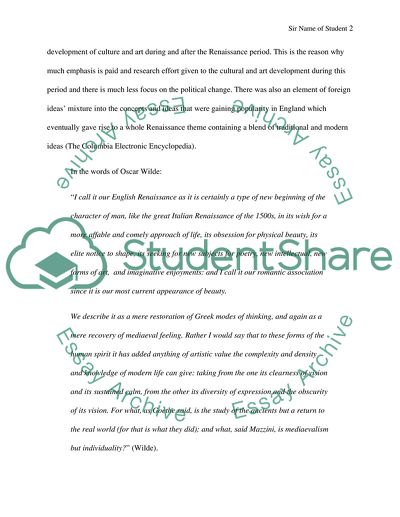Cite this document
(English Renaissance Period Essay Example | Topics and Well Written Essays - 1750 words - 1, n.d.)
English Renaissance Period Essay Example | Topics and Well Written Essays - 1750 words - 1. https://studentshare.org/literature/1575331-europe-in-the-renaissance
English Renaissance Period Essay Example | Topics and Well Written Essays - 1750 words - 1. https://studentshare.org/literature/1575331-europe-in-the-renaissance
(English Renaissance Period Essay Example | Topics and Well Written Essays - 1750 Words - 1)
English Renaissance Period Essay Example | Topics and Well Written Essays - 1750 Words - 1. https://studentshare.org/literature/1575331-europe-in-the-renaissance.
English Renaissance Period Essay Example | Topics and Well Written Essays - 1750 Words - 1. https://studentshare.org/literature/1575331-europe-in-the-renaissance.
“English Renaissance Period Essay Example | Topics and Well Written Essays - 1750 Words - 1”. https://studentshare.org/literature/1575331-europe-in-the-renaissance.


